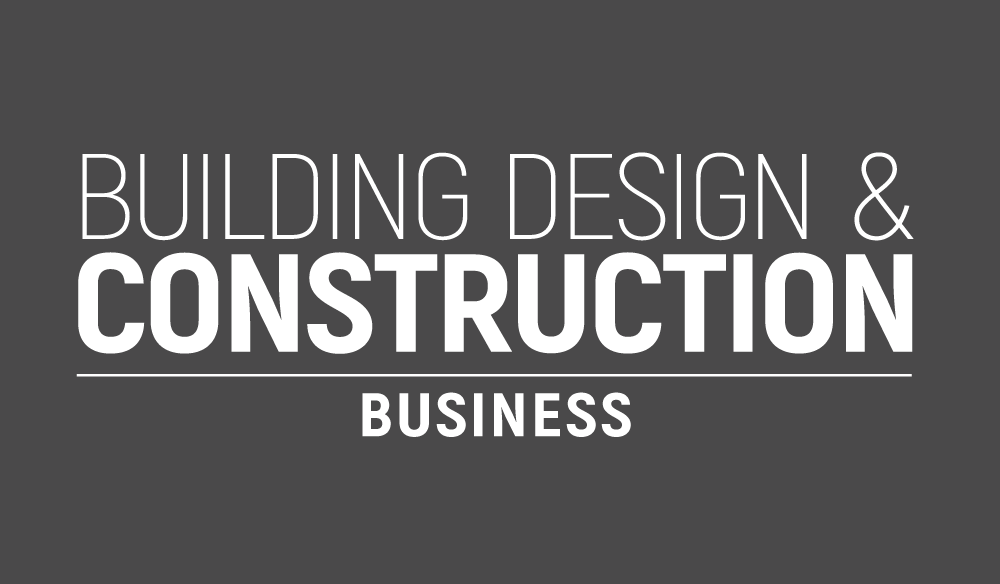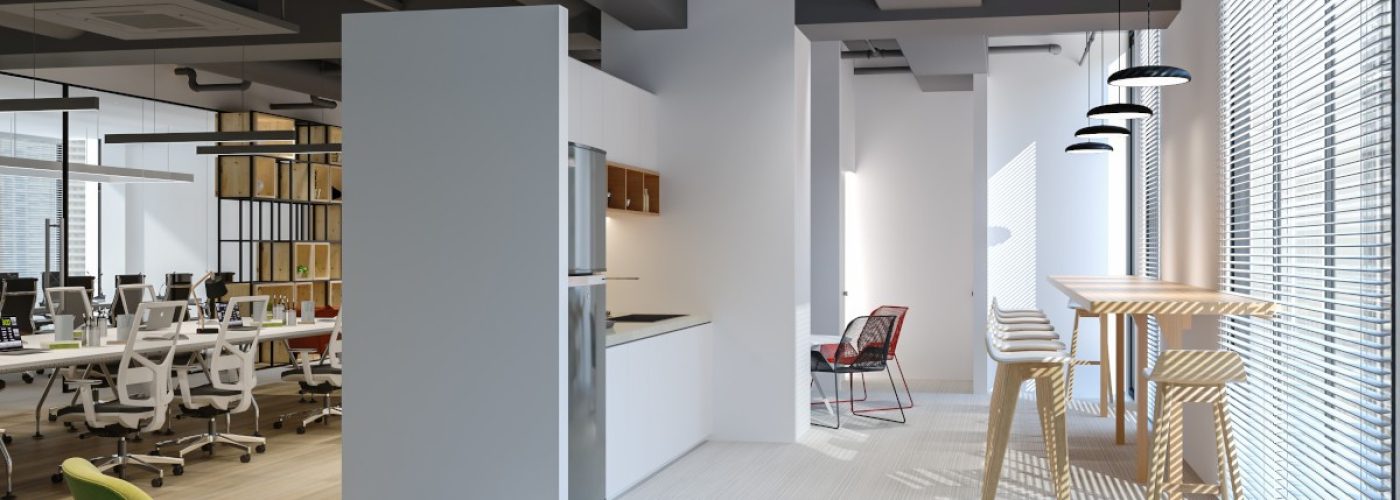The market for flexible commercial office spaces has been undergoing a substantial transformation, particularly following the pandemic. As businesses continue to navigate the post-COVID era, both demand and supply for flexible offices have dramatically changed, driven now by widespread changes in employee working patterns, digital transformation, and economic uncertainty.
The trends shaping flexible offices aren’t exclusively confined to their layout, design and configurations. It’s not a case of simply choosing between designing and fitting a traditional office or avoiding such an investment altogether – it’s about creating environments that can scale and respond appropriately to diverse business needs while championing employee well-being and preferences, as well as cultivating a sense of belonging and environmental efficiency among the workforce.
Landlords embracing managed and co-working workspaces for future growth
The commercial property sector is undergoing a significant pivot towards managed and co-working workspaces, with recent projections suggesting that 10% of landlords predict their portfolios will almost entirely consist of flexible workspaces by 2030. The same report found that 59% of surveyed landlords consider converting their commercial spaces into flexible offices a key part of their strategy to keep up with market demands.
Small businesses and startups often seek managed and co-working workspaces as an affordable alternative to buying property or land outright, which comes with significant overheads. As such, companies are embracing flexible working policies that facilitate part-time remote work, with affordable managed and co-working workspaces providing employees with the ideal setup for when they do decide to come into the office.
The appeal of managed and co-working workspaces lies in the combination of traditional lease stability with the convenience of serviced offices, eliminating the need for significant upfront investment required in conventional office purchases. These spaces provide businesses with scalable professional environments, comprehensive storage space, and the ability to maintain a corporate identity within a flexible framework. Growing companies and established enterprises alike benefit from this setup, allowing them to maintain high-quality workplaces while optimizing cash flow.
For landlords, integrating managed and co-working workspaces into their portfolios presents an opportunity to meet the evolving demands of modern businesses while ensuring long-term occupancy and revenue stability. By offering flexible lease terms, premium amenities, and adaptable office solutions, landlords can attract a diverse range of tenants, from freelancers to large enterprises, ensuring their properties remain competitive in an evolving market.
Designing for flexibility and sustainability
The evolution of workplace dynamics is significantly shaping flexible office design, with a strong emphasis on adaptability and efficiency. Contemporary offices are increasingly incorporating modular furniture, reconfigurable desks, collaborative areas, and smart storage solutions to maximise space utilisation and employee comfort. Effectively showcasing the design and functionality of these adaptable office spaces is crucial for businesses, making them a powerful draw for talented prospective employees and enhancing the overall employee experience. Resources like those offered by MPB, which provide guidance on interior architectural photography techniques, can be valuable in achieving this.
Parallel to this focus on modularity is the growing importance of sustainability in office design in 2025. More organisations are adopting circular economy principles, actively seeking to buy and sell in more sustainable ways. This includes prioritising recycled materials, selecting energy-efficient appliances, and choosing products designed for easy repurposing or recycling. Furthermore, the integration of smart building systems plays a crucial role in enhancing sustainability by providing greater control over energy emissions and consumption.
Workspaces will become more tech-enabled
The next generation of flexible offices is being shaped dramatically by technology. More offices are being retrofitted and upgraded with smart building systems, giving businesses more control over their environmental conditions. Whether this is exclusively their heating, cooling, ventilation and lighting, or deploying AI to optimise their inventory management and supply levels, technology will continue to make offices more efficient and comfortable for everyone.
Other technological advancements range from advanced occupancy monitoring systems to integrated booking applications, all of which contribute towards an optimised, flexible working experience for every employee, however frequently they enter the office.
Bring your flexible office design to life
The flexible office sector continues to mature and evolve, driven by the trends noted above. Changing business and employee needs, coupled with technological advancement and an underlying need for greater adaptability in office leases and working arrangements collectively create a rather dynamic market.
As businesses reassess and reshape their workplace strategies, the need for adaptable, sustainable, tech-empowered and employee-focused workspaces becomes increasingly important. If it sounds challenging on paper, it’s no less difficult in execution. Businesses must think long and hard about how they approach their next commercial lease and how scalable their space may prove to be in the near future.





